Hydrangeas For Full Shade: The Ultimate Guide
Hydrangeas for Full Shade: The Ultimate Guide
Hydrangeas are some of the most popular and beloved flowering shrubs in the world. They come in a wide variety of colors, shapes, and sizes, and can add a touch of beauty and elegance to any garden. But what if you don't have a lot of sun in your yard? Can you still grow hydrangeas?
The answer is yes! There are actually a number of hydrangea varieties that thrive in full shade. In this guide, we will discuss the best hydrangeas for full shade, as well as provide tips on how to care for them.
Which Hydrangeas Do Well in Shade?
Not all hydrangeas are created equal when it comes to shade tolerance. Some varieties, such as oakleaf hydrangeas and climbing hydrangeas, can tolerate full shade, while others, such as bigleaf hydrangeas and panicle hydrangeas, prefer at least some sunlight.
Here is a list of some of the best hydrangeas for full shade:
- Oakleaf hydrangeas (Hydrangea quercifolia) are known for their large, oak-shaped leaves and their clusters of white, pink, or blue flowers. They are very shade tolerant and can thrive in areas that receive as little as three hours of sunlight per day.
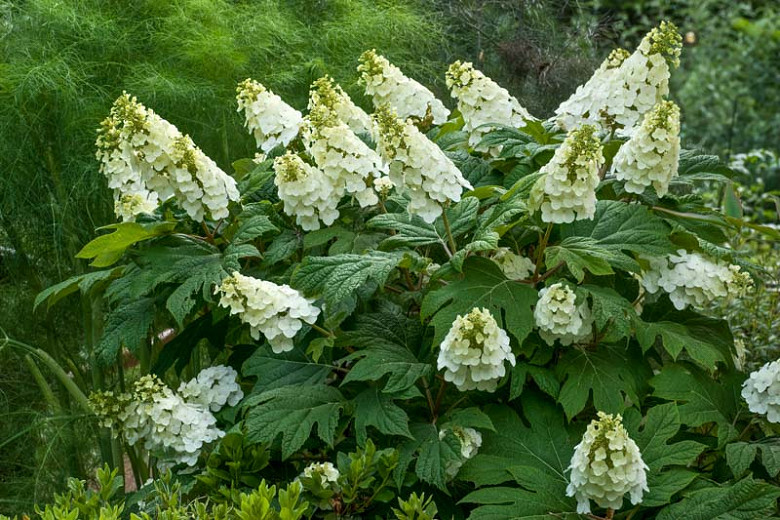
- Climbing hydrangeas (Hydrangea petiolaris) are a beautiful and versatile vine that can be grown in full shade. They produce clusters of small, white flowers in the summer and have attractive peeling bark in the winter.

- Smooth hydrangeas (Hydrangea arborescens) are another good choice for full shade. They produce large, white flowers in the summer and are relatively easy to care for.

- Panicle hydrangeas (Hydrangea paniculata) can tolerate some shade, but they prefer at least four hours of sunlight per day. They produce large, cone-shaped flowers in the summer that can range in color from white to pink to blue.
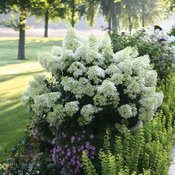
- Mophead hydrangeas (Hydrangea macrophylla) prefer at least partial sun, but they can tolerate some shade. They produce large, round clusters of flowers in the summer that can range in color from white to pink to blue.
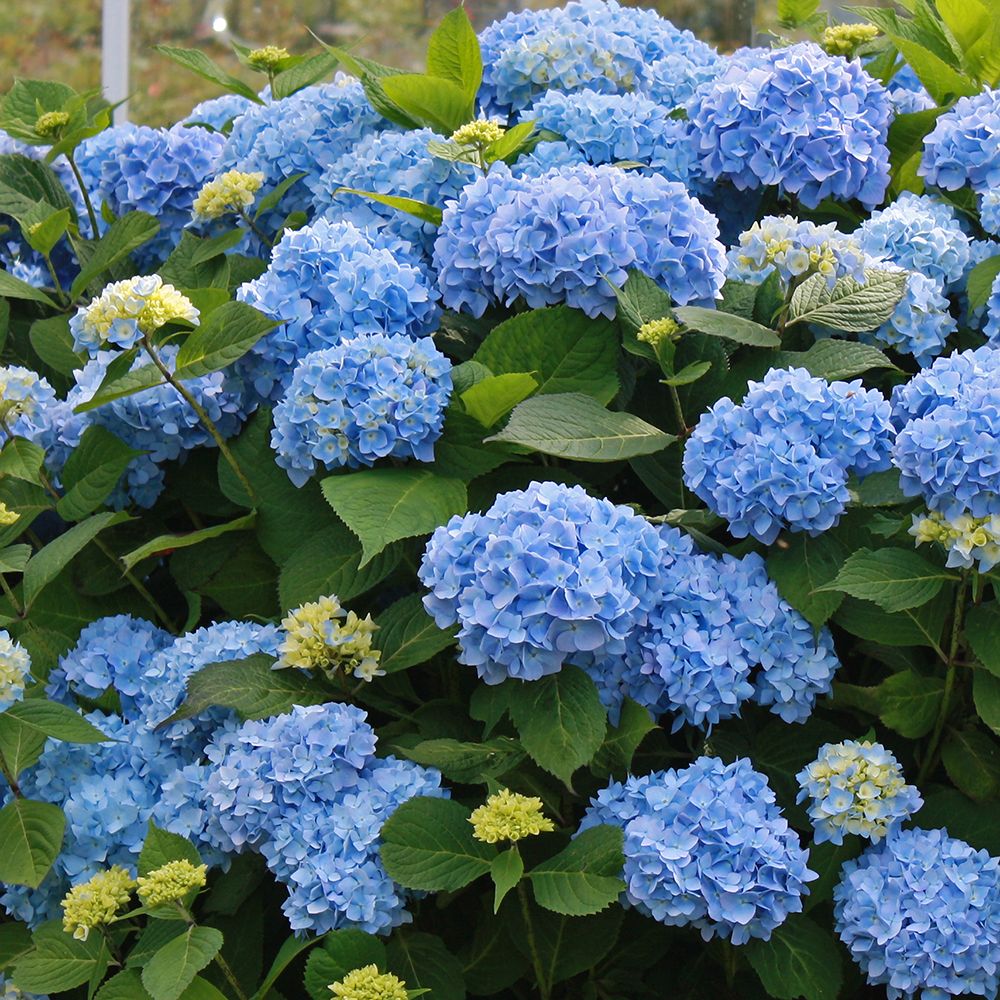
How to Care for Hydrangeas in Shade
If you are growing hydrangeas in full shade, there are a few things you can do to help them thrive:
- Plant them in a location that receives at least three hours of sunlight per day.
- Amend the soil with compost or other organic matter to improve drainage and fertility.
- Water regularly, especially during hot, dry weather.
- Fertilize in the spring with a balanced fertilizer.
- Deadhead spent flowers to encourage new growth.
- Protect from winter winds and cold.
With proper care, hydrangeas can thrive in full shade and provide you with years of beauty.
Conclusion
Hydrangeas are a beautiful and versatile flowering shrub that can be grown in a variety of conditions, including full shade. If you have a shady spot in your yard, consider planting one of the hydrangea varieties listed above. With proper care, your hydrangeas will reward you with years of beautiful blooms.
Hydrangeas are beautiful flowering shrubs that can add a touch of elegance to any garden. But not all hydrangeas are created equal. Some varieties are better suited for full sun, while others prefer partial shade or even full shade.
If you have a shady spot in your garden, you're in luck! There are a number of hydrangeas that will thrive in full shade. Some of the best options include:
- Hydrangea quercifolia (oakleaf hydrangea): This large shrub has big, oak-shaped leaves and white or pink flowers. It can grow up to 8 feet tall and wide.
- Hydrangea anomala ssp. petiolaris (climbing hydrangea): This vine-like hydrangea can grow up to 50 feet long if it's supported by a trellis or wall. It has white flowers and beautiful peeling bark.
- Hydrangea macrophylla ssp. serrata (mountain hydrangea): This smaller hydrangea has flattened flower heads and a more compact growth habit. It's perfect for smaller gardens or shady borders.
To learn more about hydrangeas that grow in full shade, visit . You'll find a wealth of information on different varieties, planting tips, and care instructions.
FAQ of hydrangea full shade
1. What are the best hydrangeas for full shade?
There are a few different types of hydrangeas that can thrive in full shade. Some popular choices include:
- Panicle hydrangeas (Hydrangea paniculata) are known for their large, showy blooms that can range in color from white to pink to red. They are relatively easy to care for and can tolerate a wide range of conditions, including full shade.

- Smooth hydrangeas (Hydrangea arborescens) are another good choice for full shade. They produce smaller, more delicate blooms than panicle hydrangeas, but they are just as attractive. Smooth hydrangeas are also relatively easy to care for.

- Oakleaf hydrangeas (Hydrangea quercifolia) are a bit more challenging to grow, but they can be very rewarding. They produce large, lobed leaves and showy blooms that can range in color from white to pink to blue. Oakleaf hydrangeas prefer partial shade, but they can tolerate full shade if given enough moisture.

2. How much sunlight do hydrangeas need?
The amount of sunlight that hydrangeas need depends on the type of hydrangea. Some hydrangeas, such as panicle hydrangeas and smooth hydrangeas, can tolerate full shade. Others, such as oakleaf hydrangeas, prefer partial shade.
If you are not sure how much sunlight your hydrangea needs, it is always best to err on the side of caution and plant it in a location that receives partial shade. This will help to prevent the leaves from burning in direct sunlight.
3. How much water do hydrangeas need?
Hydrangeas are thirsty plants and need to be watered regularly, especially during hot, dry weather. The soil should be kept moist, but not soggy.
If you live in an area with sandy soil, you may need to water your hydrangeas more often. You may also want to consider mulching around the plant to help retain moisture.
4. How do I fertilize hydrangeas?
Hydrangeas should be fertilized in the spring and fall. Use a balanced fertilizer, such as 10-10-10, and follow the directions on the label.
If you want to change the color of your hydrangea blooms, you can use a fertilizer that is high in phosphorus. This will encourage the blooms to turn pink or red.
5. How do I prune hydrangeas?
Hydrangeas should be pruned in the spring, after the last frost. Prune back the stems by about one-third to encourage new growth and flowering.
If you are pruning an oakleaf hydrangea, you may want to remove some of the older leaves to make way for new growth.
Image of hydrangea full shade
Here are 5 different images of hydrangeas in full shade from Pinterest:
- A white hydrangea bush with large, round flowers in full bloom. The bush is located in a shady spot under a tree. The flowers are a light pink color with a darker pink center.

- A blue hydrangea bush with smaller, bell-shaped flowers. The bush is located in a shady spot next to a fence. The flowers are a deep blue color.
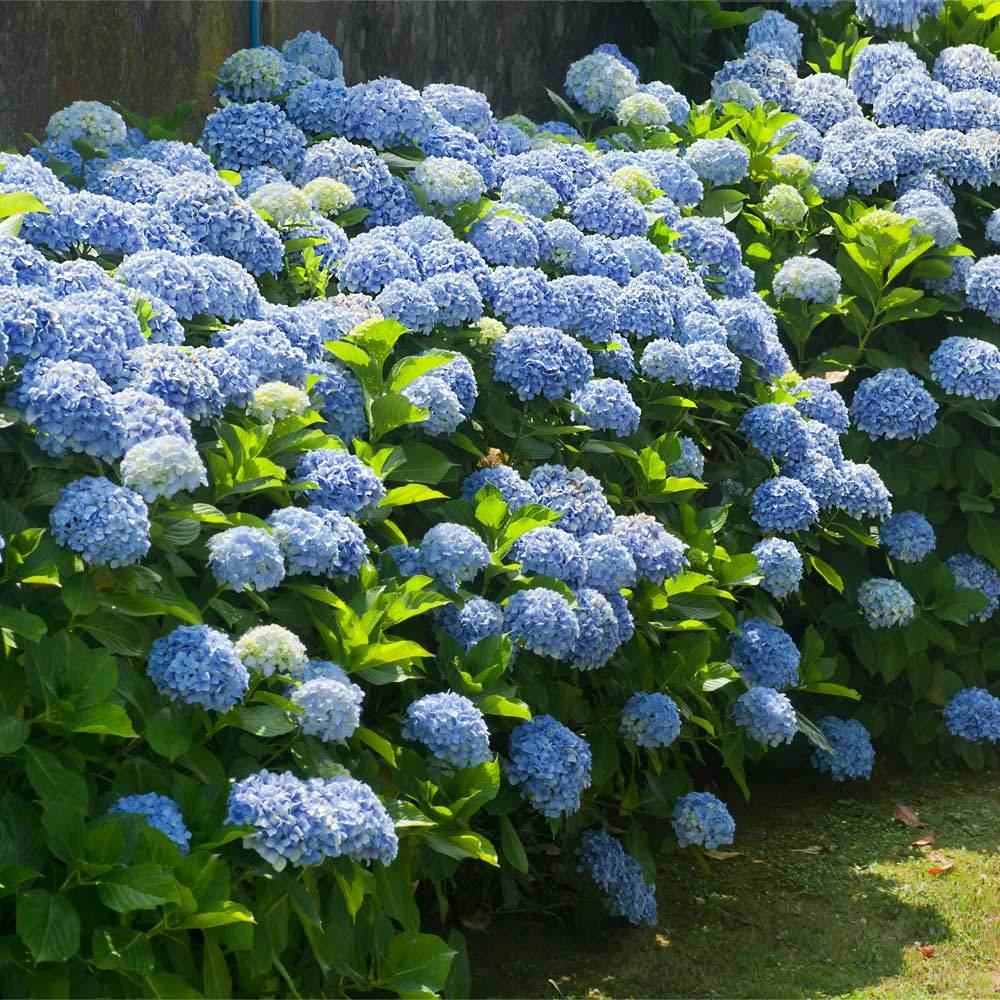
- A pink hydrangea bush with large, cone-shaped flowers. The bush is located in a shady spot next to a house. The flowers are a light pink color with a darker pink center.

- A mophead hydrangea bush with large, round flowers in full bloom. The bush is located in a shady spot under a tree. The flowers are a light pink color with a darker pink center.
- A lacecap hydrangea bush with smaller, bell-shaped flowers. The bush is located in a shady spot next to a fence. The flowers are a white color with a light pink edge.
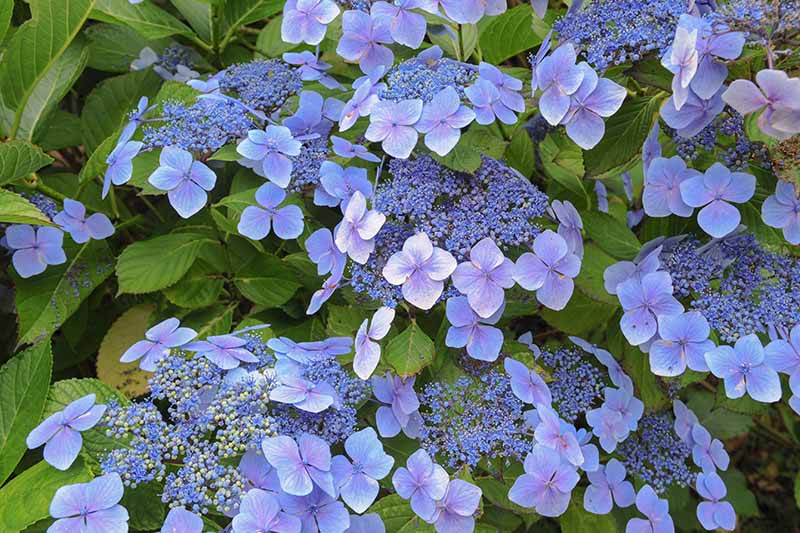
Post a Comment for "Hydrangeas For Full Shade: The Ultimate Guide"